Water, water everywhere. This memorable phrase from Samuel Taylor Coleridge's Rime of the Ancient Mariner may be the desperate musings of a thirsty sailor stranded at sea, but it could also be considered a concise description of planet Earth itself.
Today, over 1,000 quintillion litres of water exist on Earth, most of which make up the oceans that cover over 70 per cent of its surface.
Our Blue Planet may be blue now, but things may have been quite different when it first formed.
Without water, we would be nothing. But where did Earth's water come from?
What are the origins of water across the Universe, within our Solar System, and how did water find its way to our planet?
These are tricky questions to answer, but planetary science has come a long way to providing solutions as to where exactly water came from.
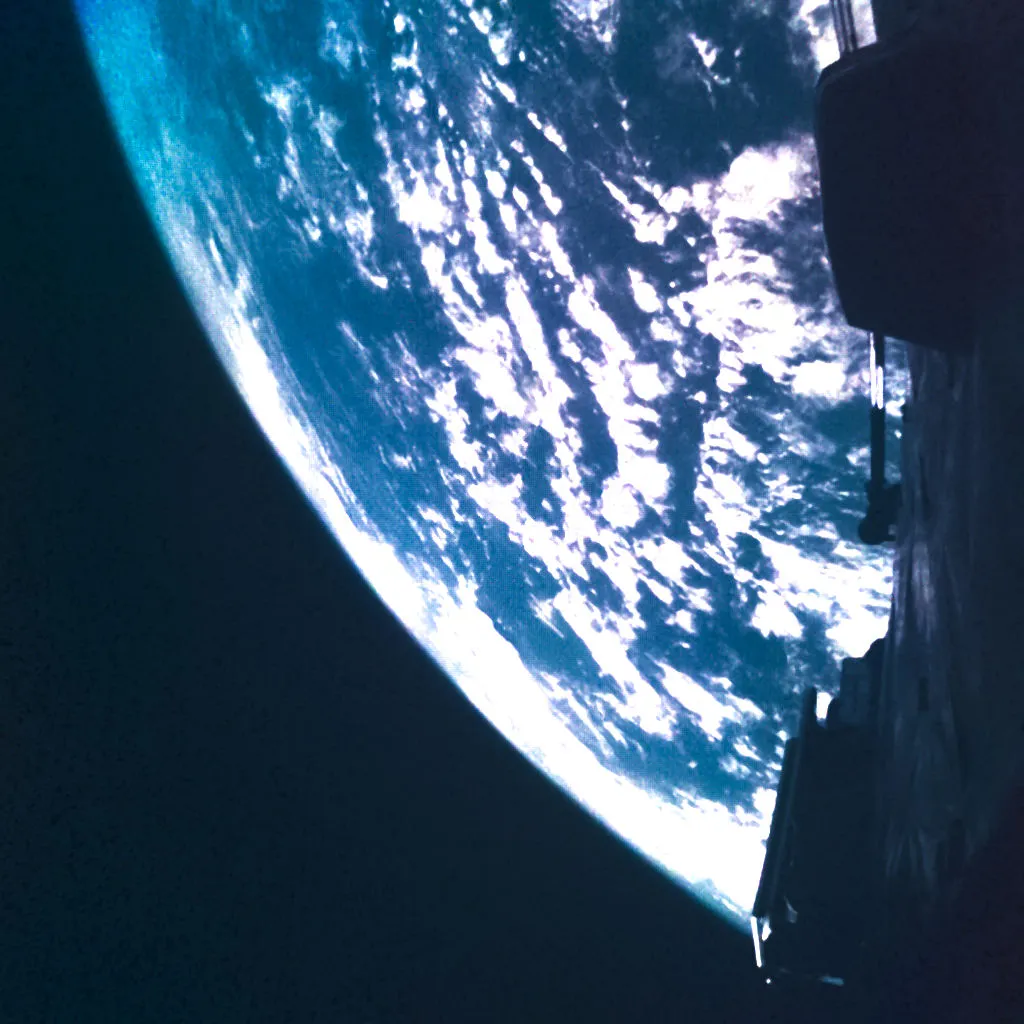
Was Earth always covered in water?
There's a study that says Earth's water could be older than the Sun, but how could this be?
In some formation theories, the early Earth was initially dry, having formed in the inner region of
the Solar System inside the so-called ‘snow-line’, close to the Sun, where temperatures are so high that volatiles like water are in their gaseous form.
The snow-line is the distance from a star beyond which temperatures on a planetary body become low enough for water to condense out from gas and form solid icy grains.
In this scenario, it is believed that Earth’s water was delivered later by impacting comets and asteroids.
In contrast, planetary bodies forming beyond the snow-line in the outer Solar System were fed with plenty of icy materials.
This is evident when we compare the size of Earth’s water reservoir with those estimated for the largest Kuiper Belt objects (such as Pluto and Charon) and the icy satellites of Jupiter, Saturn, Uranus and Neptune.
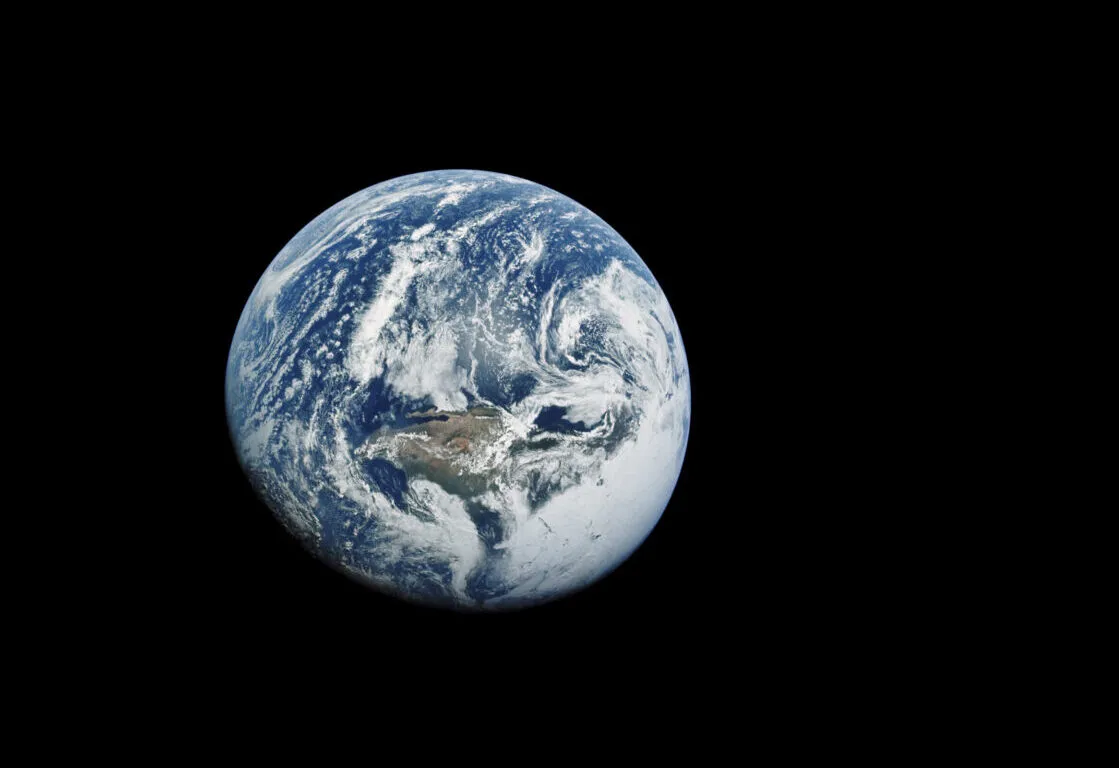
Where we find water beyond Earth
Human beings are mostly made of water. We require regular intake of water for our body to perform its necessary functions; to keep us alive.
We may have originally come from water, before evolving into the land-based mammals that dominate the planet today.
We see water throughout the Solar System, too: beneath the icy crusts of moons like Enceladus and Europa, or in the geology of Mars, which tells us that the Red Planet was once a much wetter, more hospitable place than it is today.
This is why astronomers search for water: it can tell us so much about the history of the world on which it is found, and the likelihood that other planets and moons beyond Earth might be habitable.
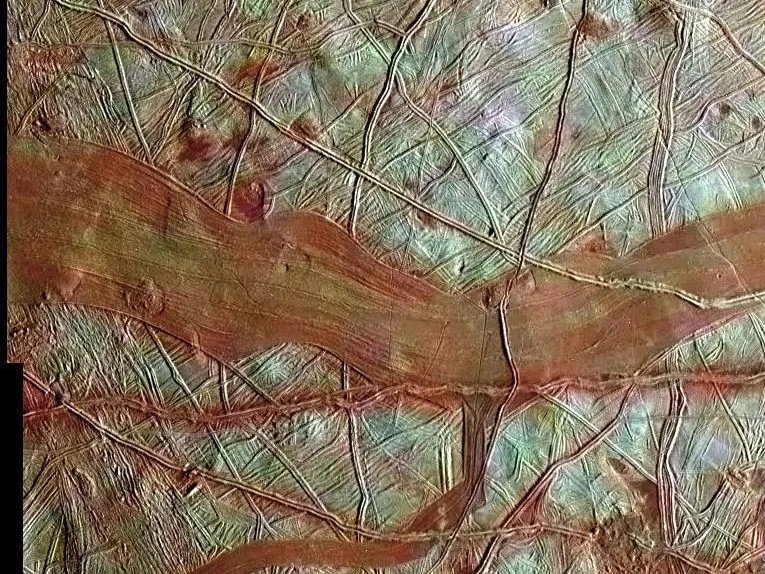
How water is formed
Water molecules form in interstellar space by chemical reactions between hydrogen molecules and oxygen-bearing molecules such as carbon monoxide.
The Solar System inherited its water from ice-coated interstellar grains in the dust cloud from which the Sun and planets formed 4.6 billion years ago.
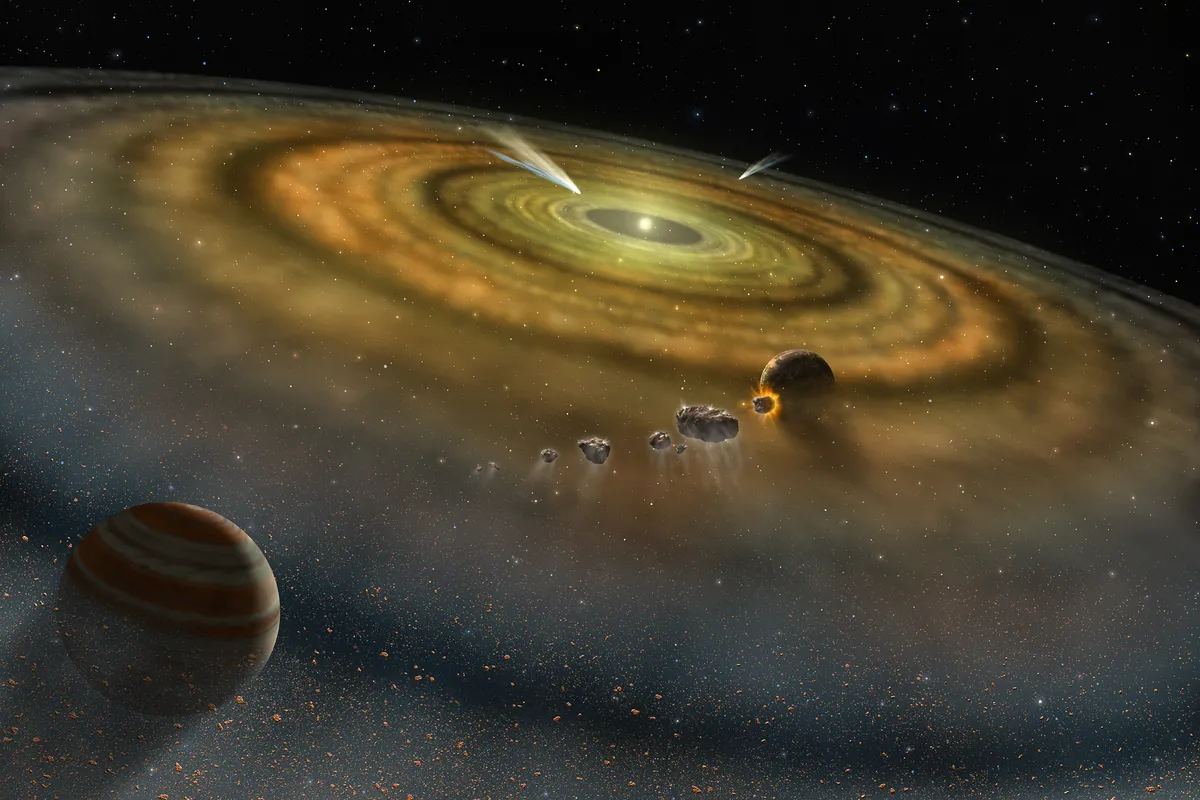
In the Solar System this water became locked in two principal forms.
Far from the Sun, where temperatures are low, water formed icy objects such as comets, while closer to the Sun water reacted with rocky materials to form hydrated minerals.
It's thought that the mostly likely way that planet Earth inherited its water was from asteroids and comets crashing into it.
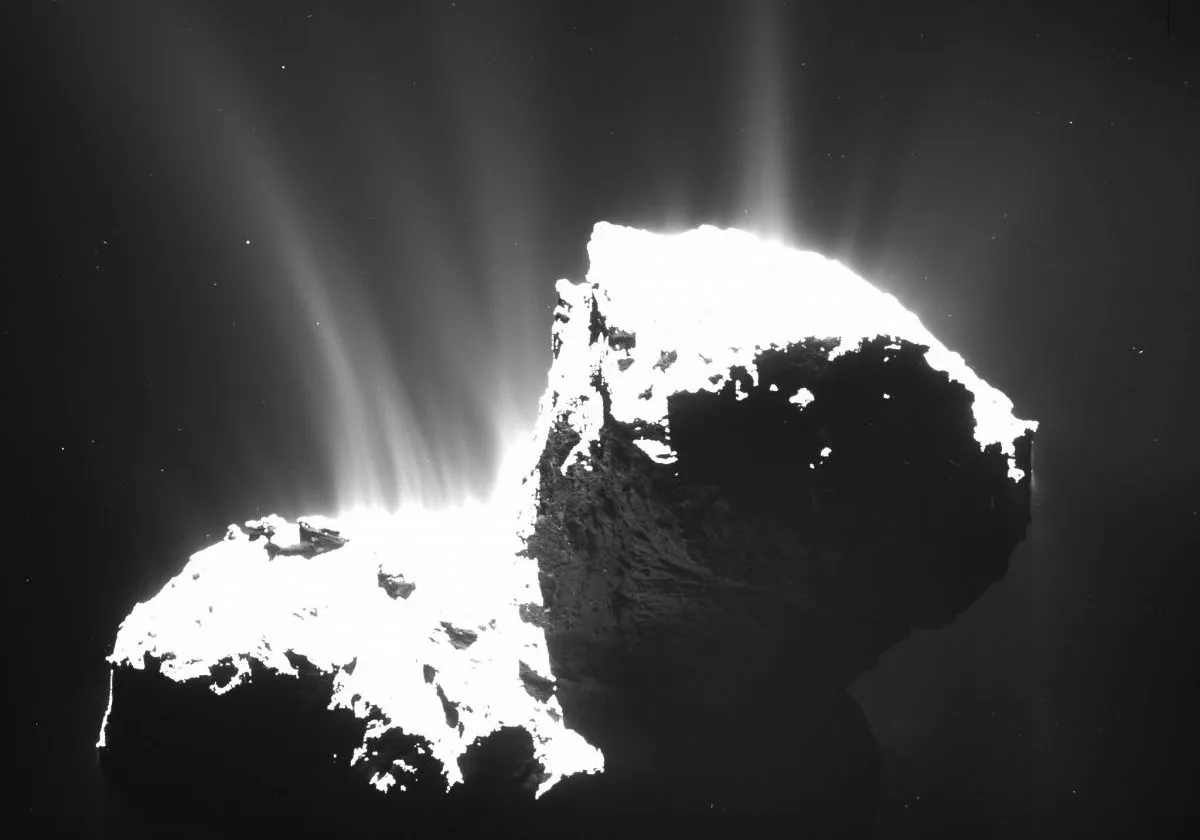
Much of this water would have initially been added to the Earth’s growing mantle as it formed and was released from the interior by subsequent volcanic activity.
The next time you pour yourself a cold drink of water on a hot day, consider the cosmological history contained within that single glass of clear liquid, and how vital it has been in the evolution of the Solar System.
This article is composed two separate articles that appeared in the December 2023 and the July 2008 issues of BBC Sky at Night Magazine.

